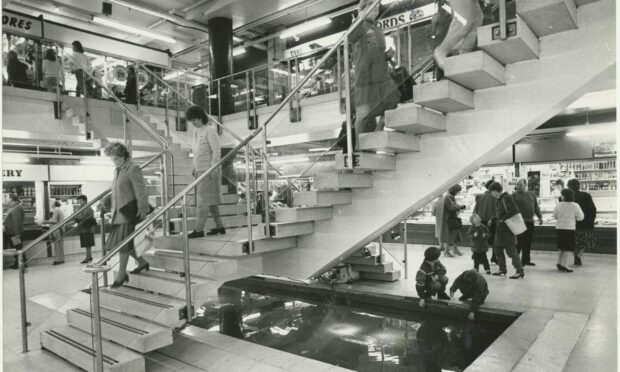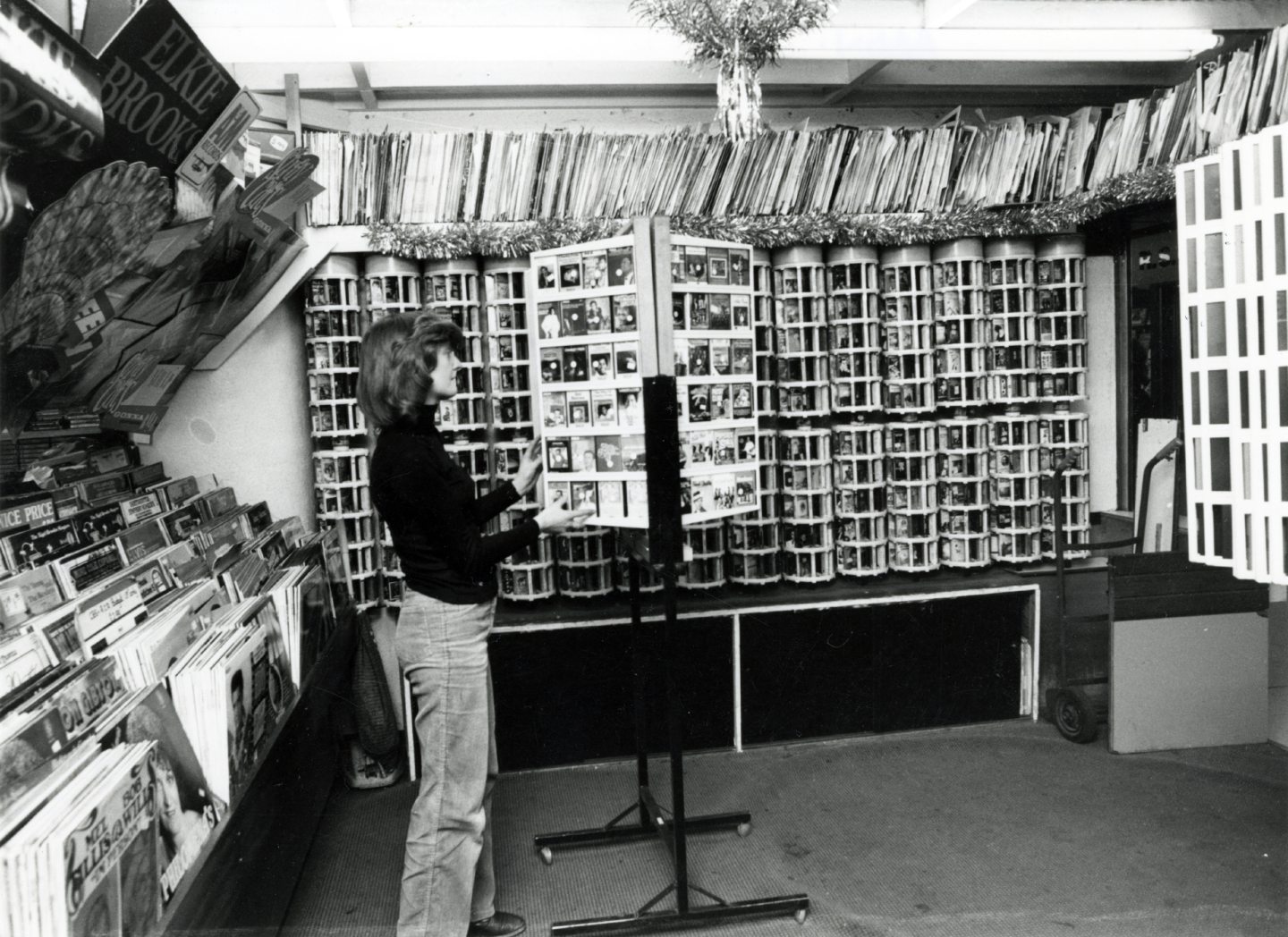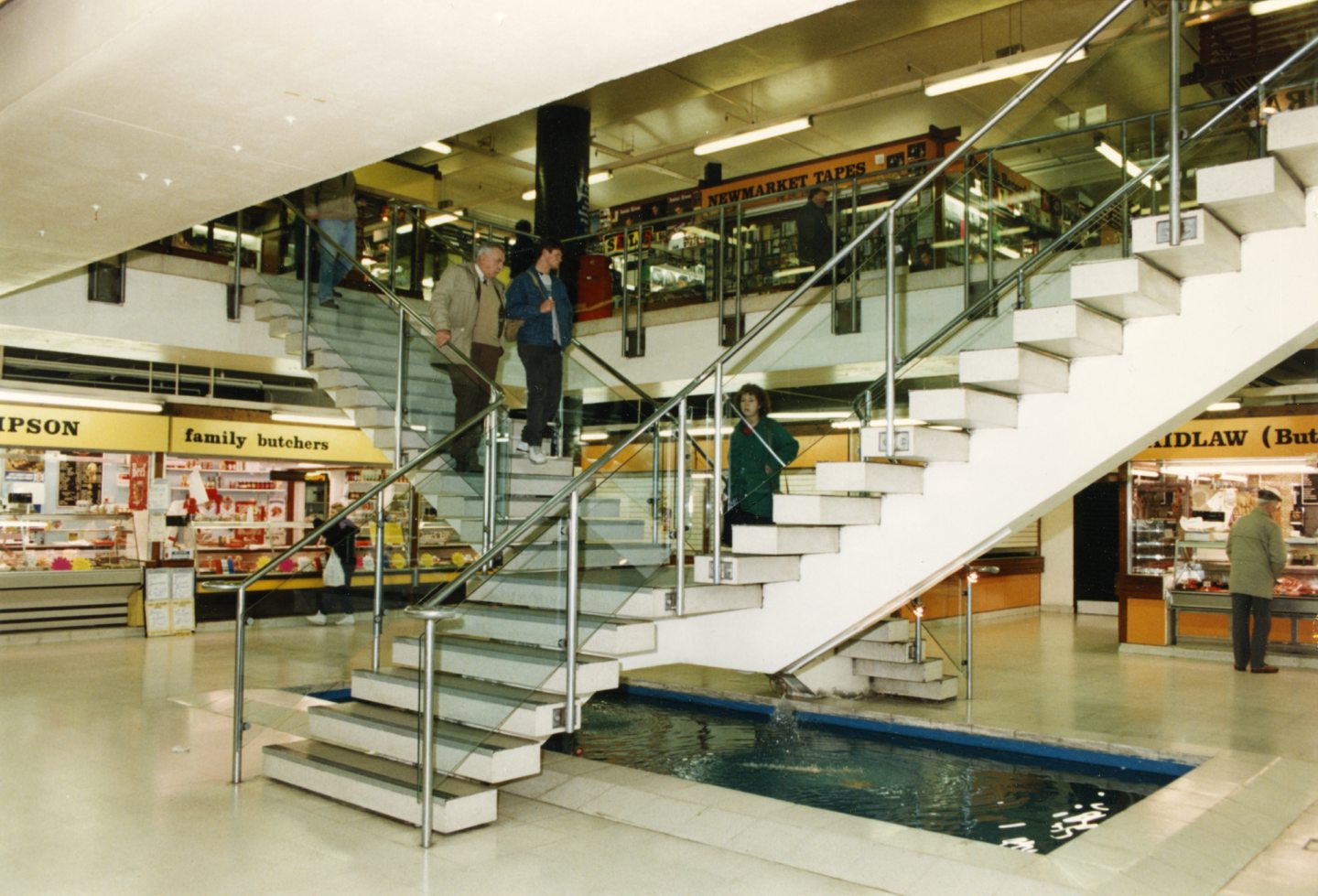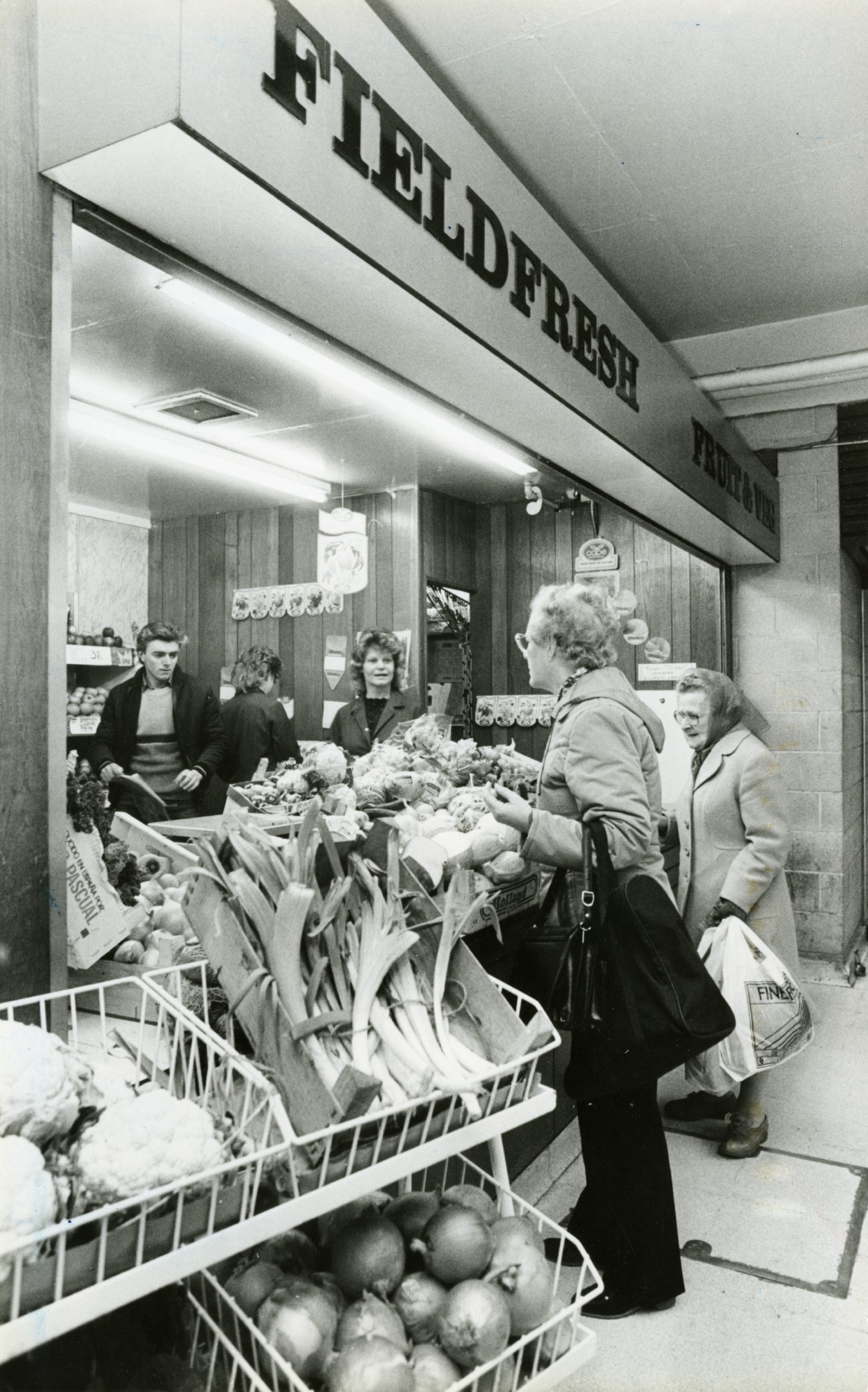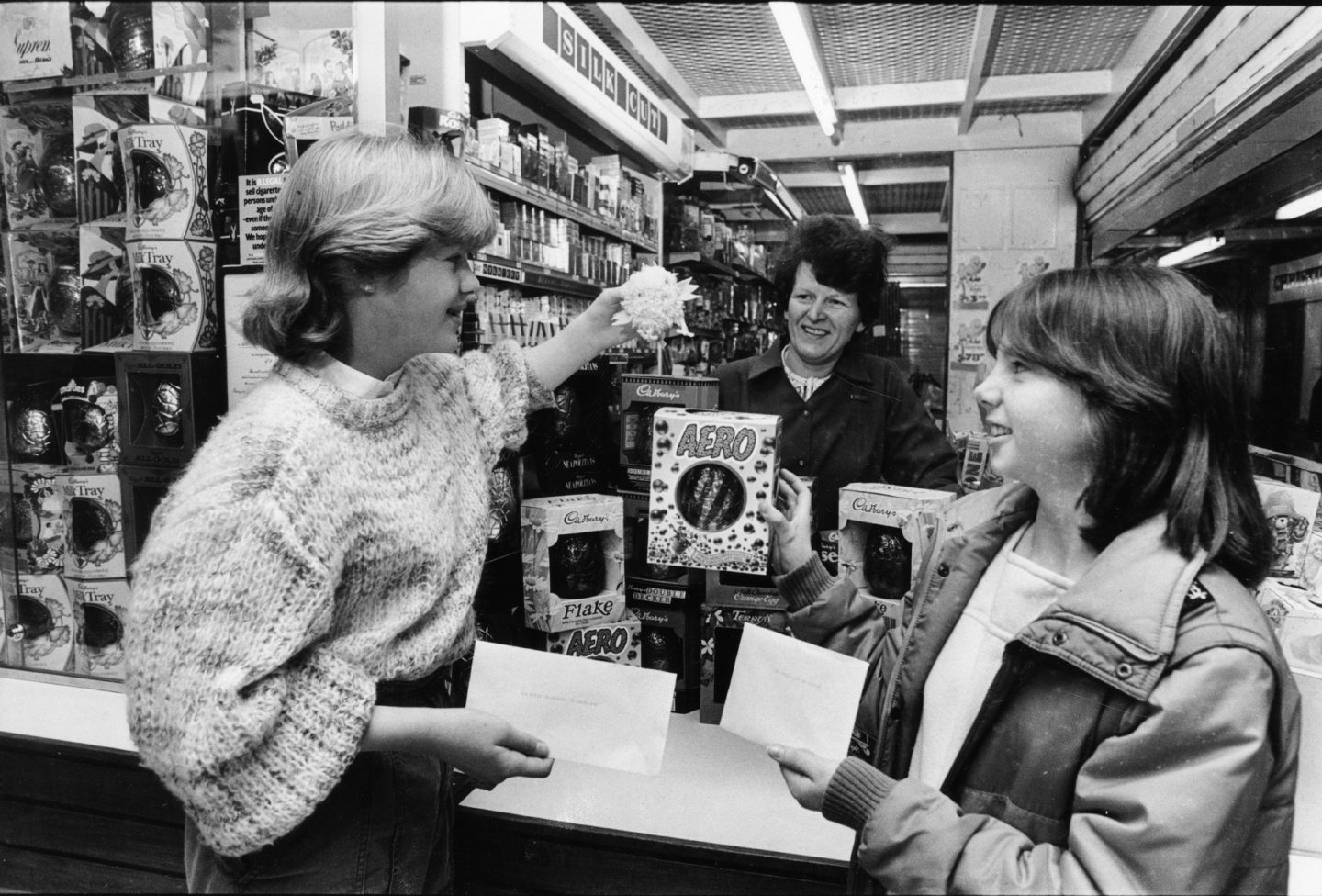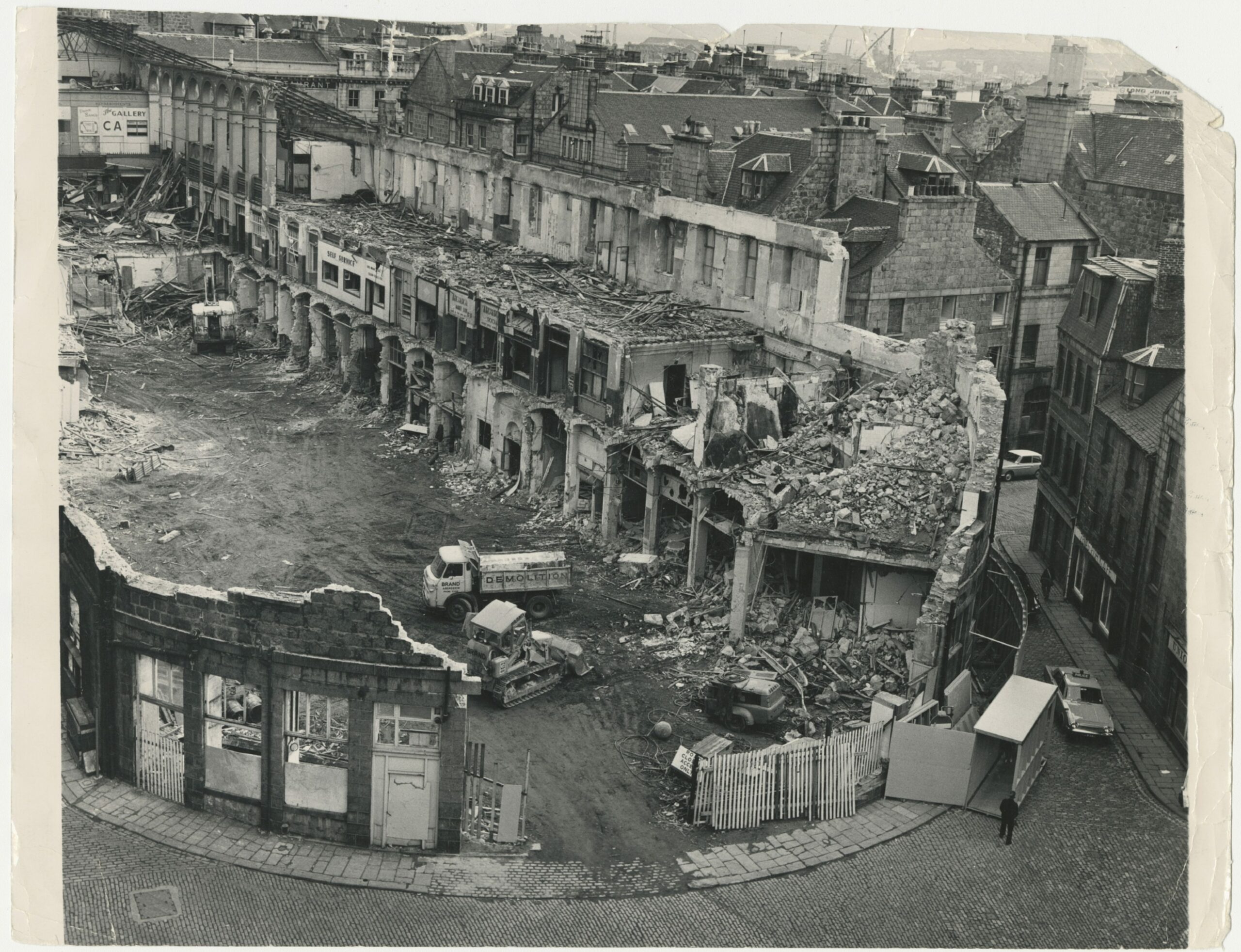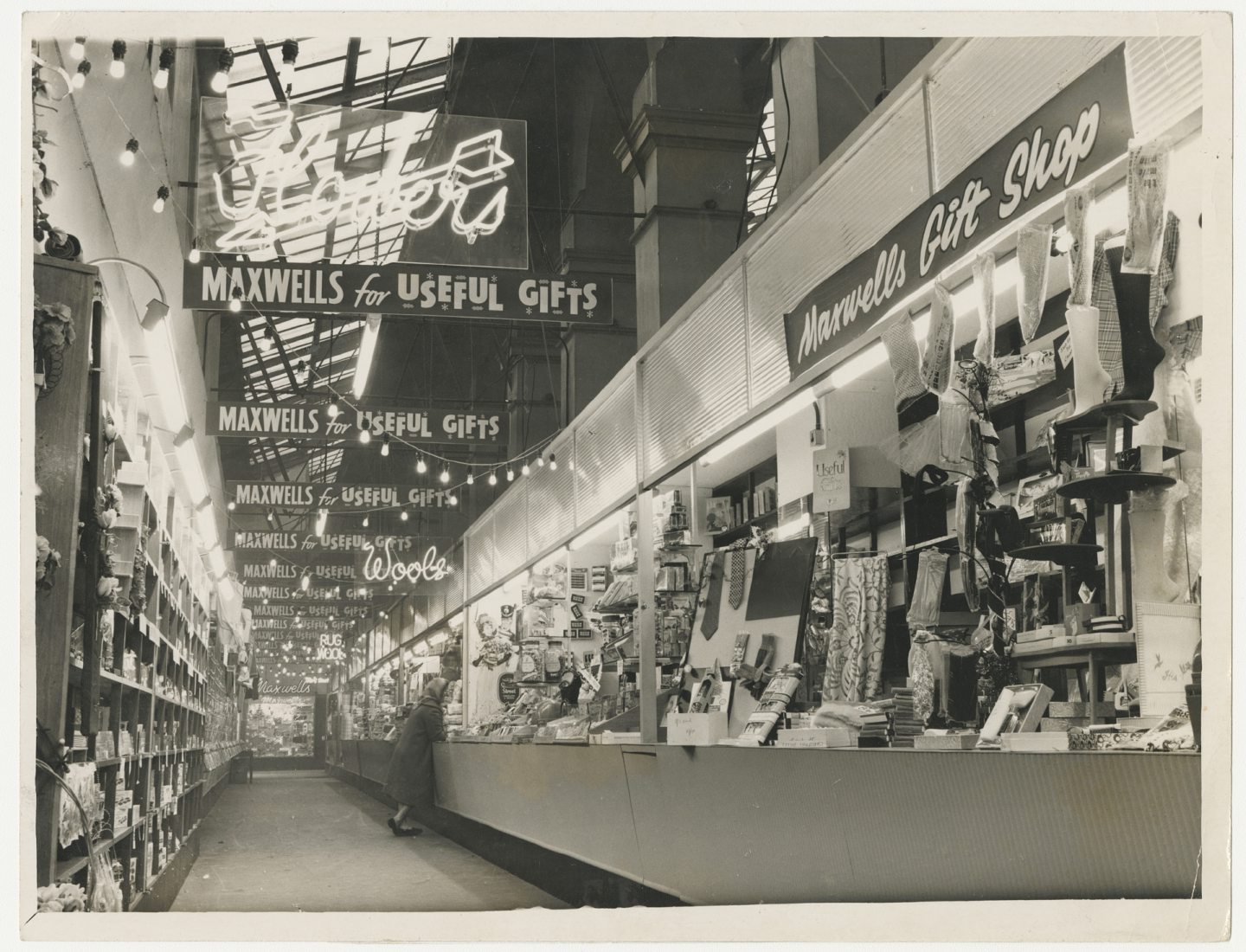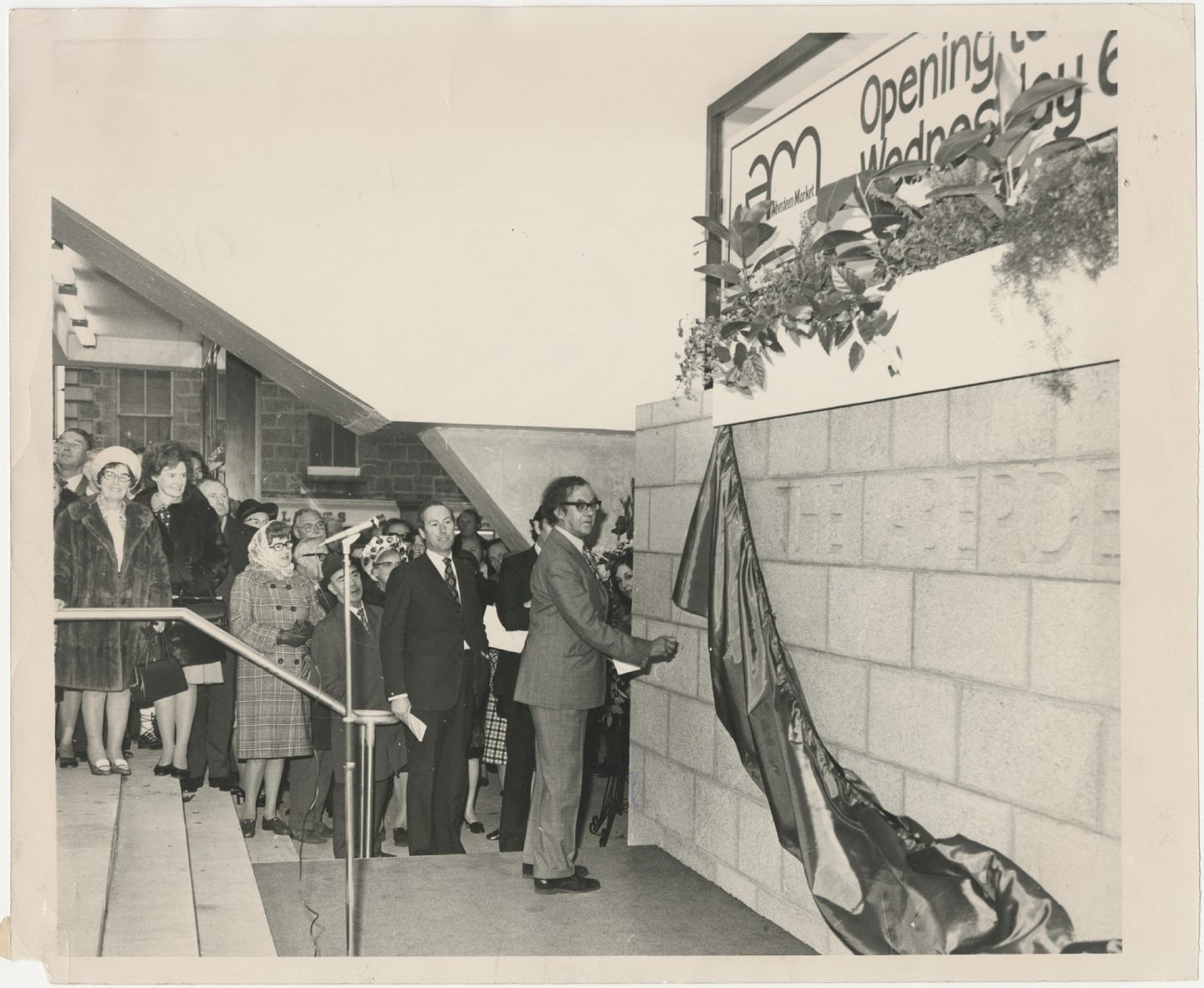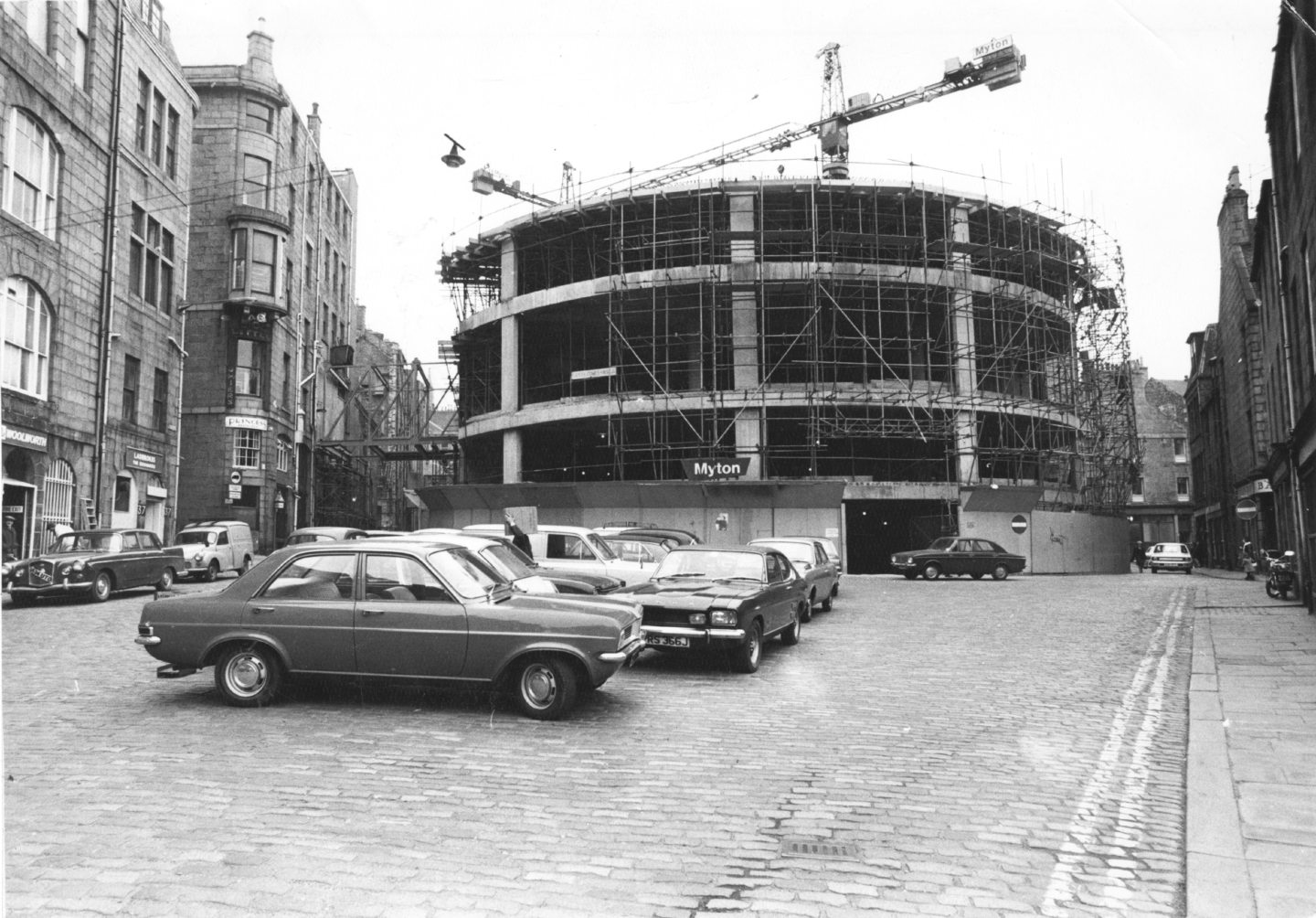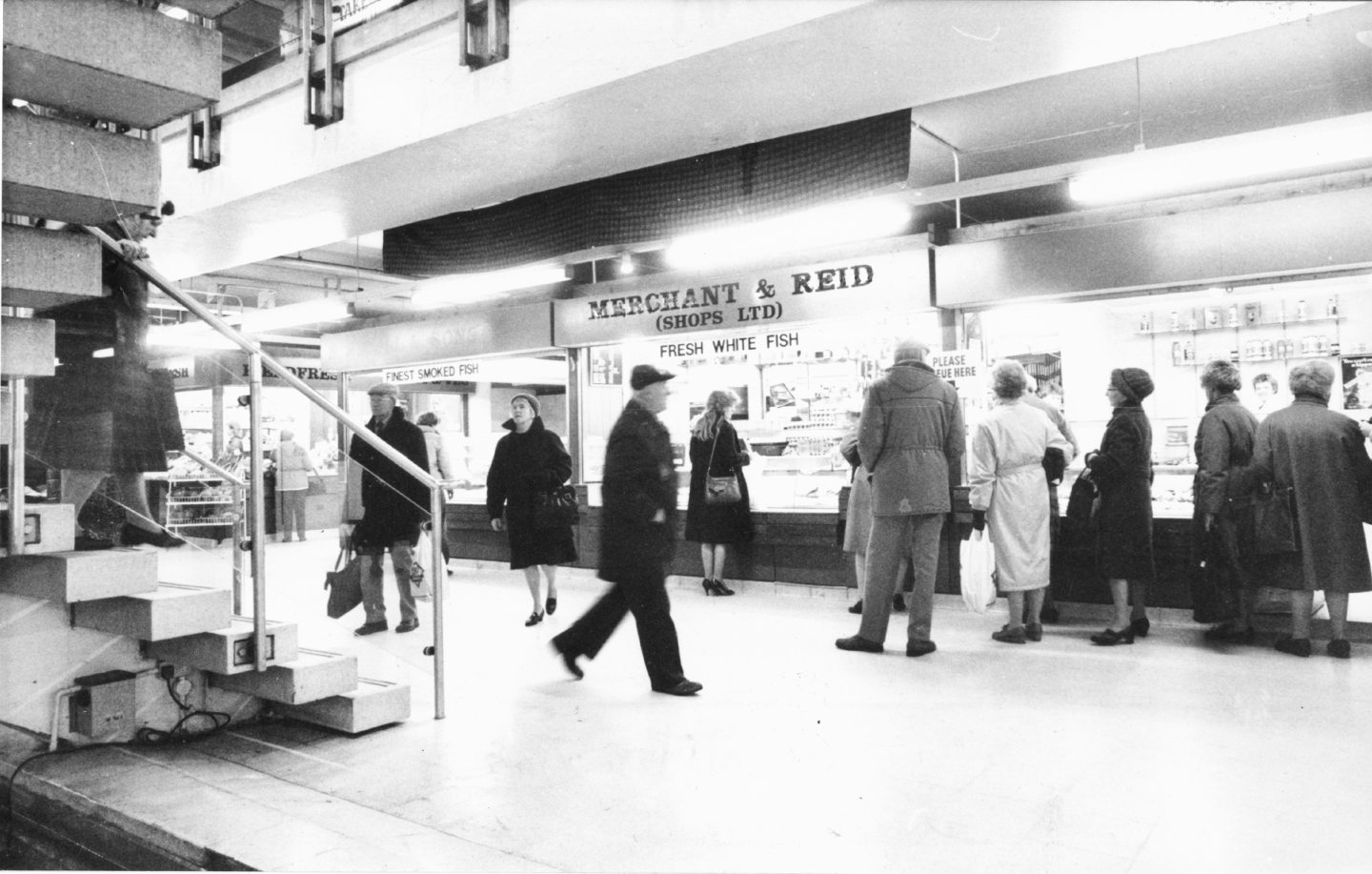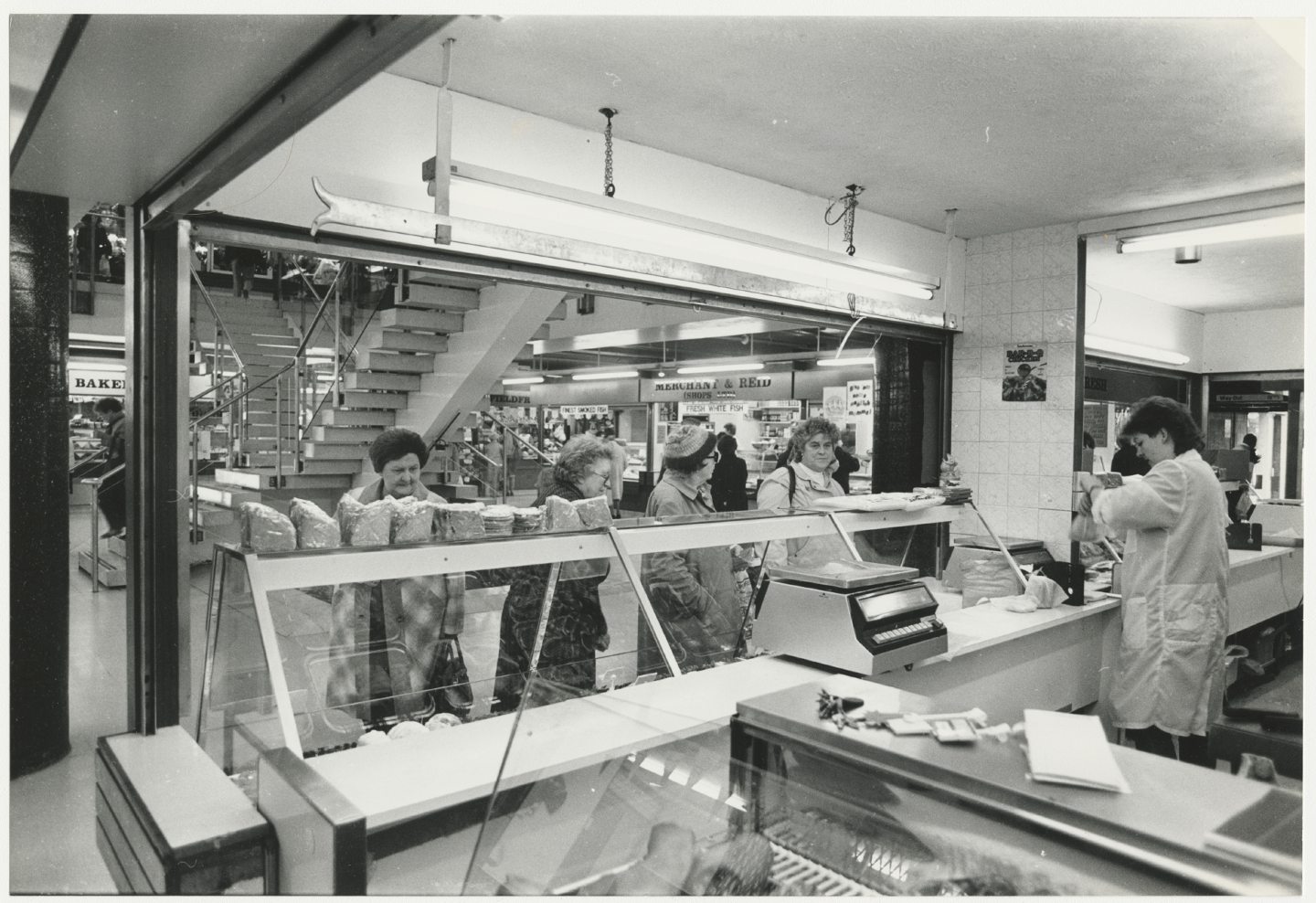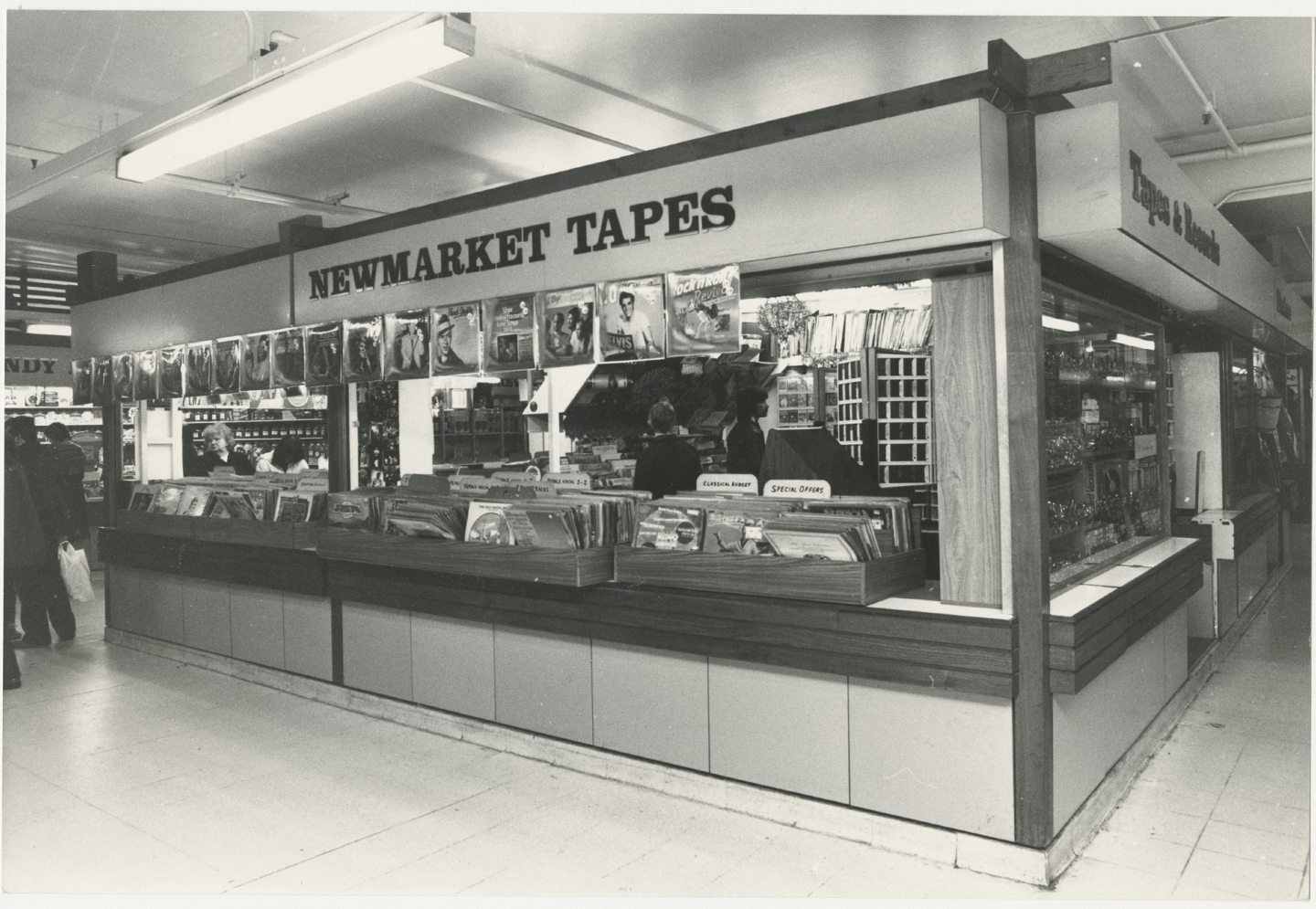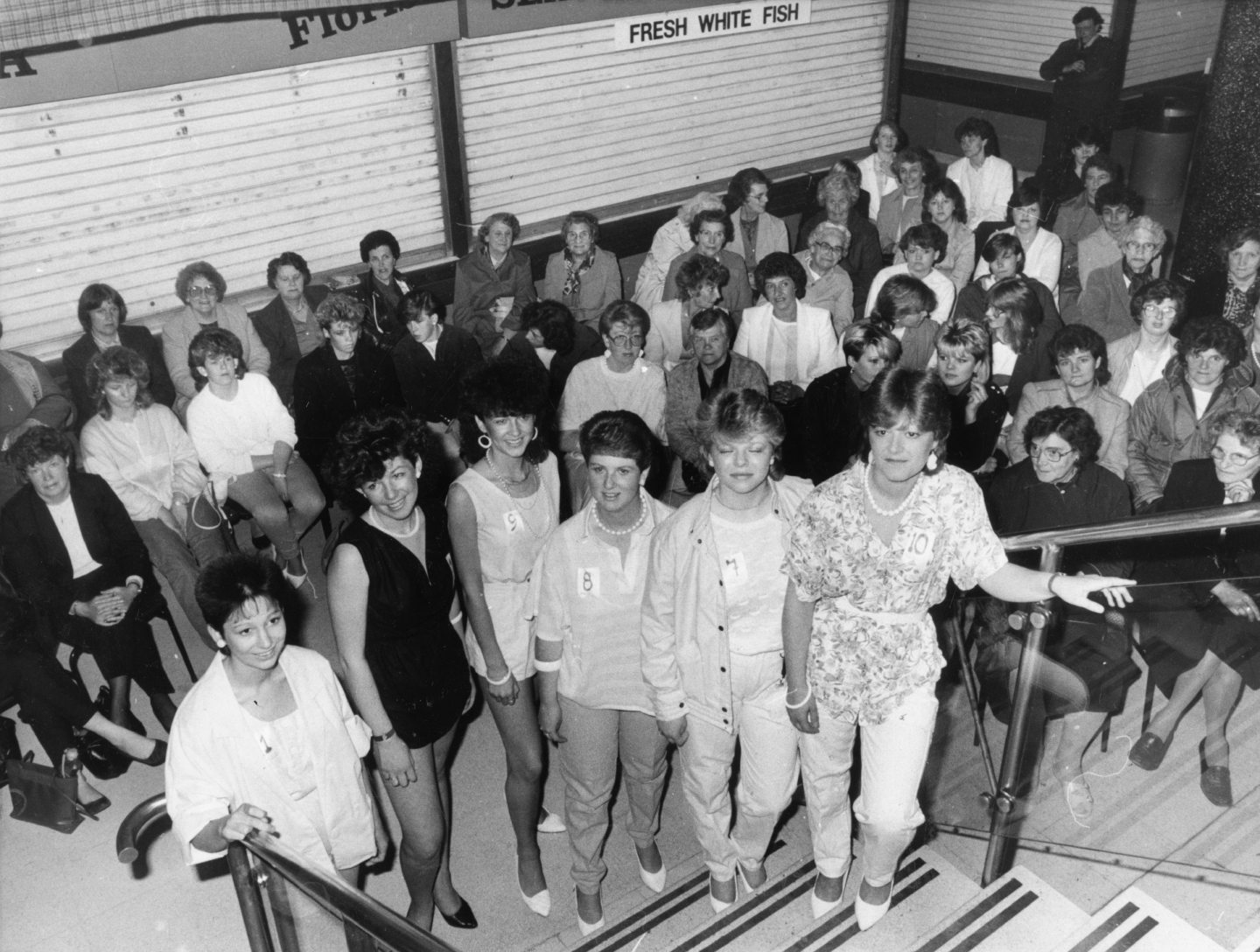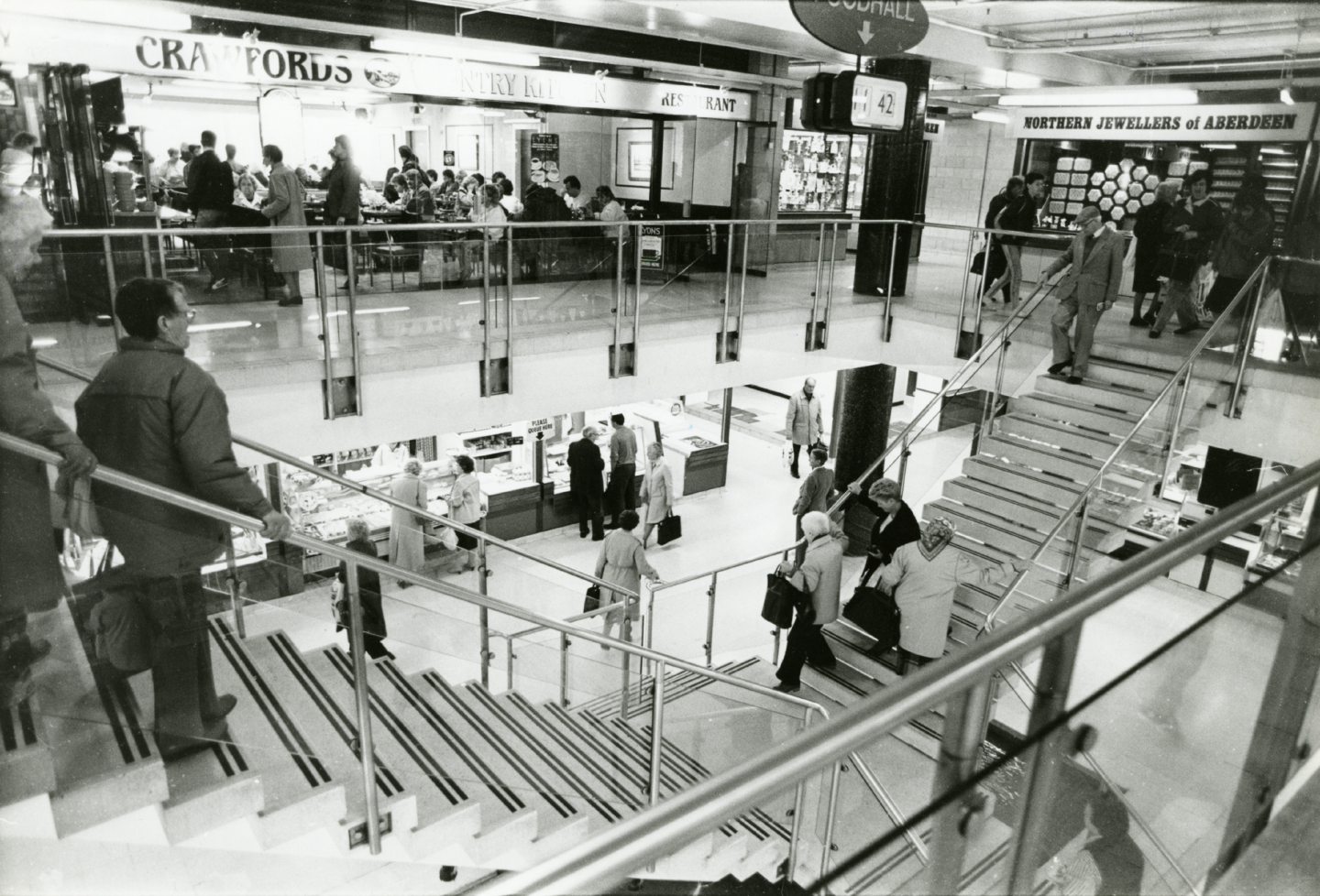Aberdeen Market was the Granite City’s go-to shopping mall in its heyday.
With brand names tending to dominate the high street, the market provided space for smaller, quirky businesses.
As the face of shopping changed across the city centre over the years, Aberdeen Market was a constant part of the story of the city’s retail development.
But nothing lasts forever.
The iconic shopping venues has had as many ups and downs as the mechanical firemen on ladders who used to delight children at its entrance.
Now it is sadly long past its sell-by date and the tired building is being knocked down to make way for a revamped Aberdeen Market costing £75m.
We have opened up our archives to take a look back at the history of Aberdeen Market, which featured around 500 square metres of shops in its glory days.
Life and times
The New Market was designed by architect Archibald Simpson in 1842 and gave Market Street its name.
The classical granite façade on Market Street led into a magnificent vaulted hall.
However, exactly 40 years to the day after it first opened, it was destroyed by a fire on Saturday April 29 1882.
More than 2,000 people were inside the busy market at the time of the fateful fire, which started at basket maker Robert Ogg’s stall.
Some willow baskets were accidently set alight and the entire shop went up in flames.
The fire spread quickly and reached the roof, eventually gutting the building.
The wise men of the Corporation recognised quality when they saw it.
It was rebuilt and reopened in 1883.
Just before the stairs was the hugely popular old Victorian coin slot called The House on Fire, which collected donations for the fire brigade.
One of the most famous shops was Maxwell’s.
Anyone who lost a button in Aberdeen knew just where to go to find a match.
In 1960 Maxwell’s occupied a huge section of the upper hall, and along its range of stalls, shoppers could get anything from a box of Quality Street to a button for any occasion.
However, by the end of that decade, the market was on the wane.
A controversial decision was made to demolish the building and start again.
English poet John Betjeman was so impressed with the market that after a visit to Aberdeen, he wrote about it, saying: “My attention was seized by a huge wall of granite, so bold, so simple in design, so colossal in its proportions that I stood puzzled.
“I have seen nothing like it, before or since.”
Such was his fondness for the “magnificence” of the building, he added his voice to campaigns to save it from demolition.
But the protests were in vain.
The city was filled with sadness as the ‘old’ market closed its doors on January 6 1970.
The Victorian arcades and galleries were swept away in 1971 to make room for modern concrete and steel.
Not even its sturdy granite columns could stand in the way of progress.
The New Market was opened in 1974 by Scottish brewer and political activist Sir William McEwan Younger.
The opening of the £1m building was delayed because the three-day working week affected the various firms connected with fitting out the centre.
It was a Mecca for shoppers – the cream of butchers, bakers, greengrocers and fishmongers laid out their stalls there.
In decades past thousands of shoppers thronged Aberdeen Market’s deal tables, which overflowed with books, toys and food.
There were places like Margaret Miles’ florist shop, while Newmarket Tapes provided all the new cassette tapes and albums for punters to enjoy.
But people started to turn their back on its small stores in favour of High Street chains.
The New Market struggled to retain the popularity of its predecessor with many of the stalls and shop units falling empty, and it was given a £500,000 facelift in 1992.
A state-of-the-art CCTV system and a new paint job in 2003 for the Union Street entrance, which had been blighted by graffiti, was aimed at helping to ensure the Aberdeen Market had a healthy future.
German art duo Herakut painted a dramatic painting on the outside of the building as part of the first Nuart Festival in 2017.
The much-loved old building is now on the brink of extinction.
But memories will always remain of the glory days of Aberdeen Market.
More like this:
Step back in time: Photographic memories of Aberdeen Woolworths
